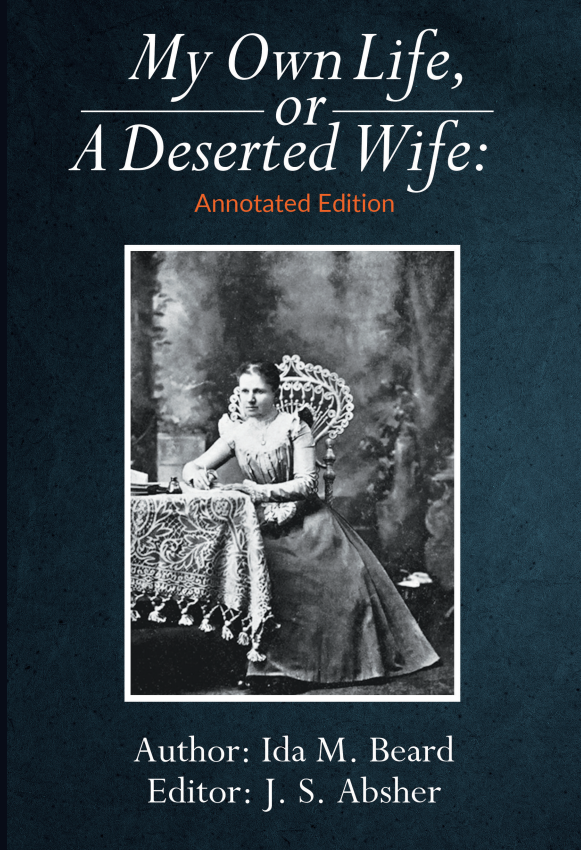|
In my annotated edition of a 19th-century memoir, My Own Life, or A Deserted Wife, I found it necessary to research the identity of the many people mentioned by the memoirist, Ida Crumpler Beard, as well as others involved in the events she recounts. My main sources were contemporary newspapers (digitized on newspapers.com), city directories, various other published sources, and the vital records and genealogical information on FamilySearch.org and Ancestry.com. Appendix E, “Index to People, with Biographical Sketches,” summarizes this research through approximately 200 biographical sketches. Since Ida spent most of her life in Winston-Salem, most of the sketches concern people who lived there between 1862, when Ida was born, and 1898, when she published her memoir.
These sketches provide information on the lives of men and women, both white and black, at various levels of society. But the treatment is uneven. In that period, there were no known newspapers in town owned or edited by African Americans; so far as I know, the first was the short-lived Twin-City Herald, founded and edited by the Rev. Jethro T. Gibbons in 1898. The extant newspapers from the period were all owned and edited by white men. The Union Republican was founded and edited by Junius W. Goslen as a voice for the Union Republican party, “an interracial political party devoted to the principles of freedom, civil equality, and workers’ rights for all people, including the newly freed slaves. … Republicans endorsed political privileges for all men regardless of race or economic conditions” (Deborah Becket, Radical Reform: Interracial Politics in Post-Emancipation North Carolina, The American South Series, ebook, xvi, 158). Goslen was a political ally of local African Americans, but they often felt his support was insufficient, particularly when it came to their aspirations to higher level elected positions and patronage positions. Goslen’s competition was The Western Sentinel and various related papers; they supported what they called “the Democracy,” that is, rule by white men in the Democratic party. They had supported secession and now openly supported white supremacy. However, The Western Sentinel could not simply ignore African Americans: the men could vote and were often elected to the town council from 1880-1896, an era that ended in 1898 with the statewide white supremacy campaign, followed by Jim Crow constitutional changes in 1900. The treatment by both papers may have been biased, sometimes vicious, but we can discern many of the leaders and politically active citizens in the African American community and at least some of their political goals. However, all the African American leaders I have identified through the newspapers were men. My biographical sketches include only a single African American woman, Miranda Ratcliff, who had nursed Ida from birth. African American women are conspicuously absent from the pages of the local newspapers. They will continue to be largely absent from the collective biography on which I am currently engaged, a study of the fifty African American men who were arrested in 1895 as they attempted to protect a young man, Arthur Tuttle, from being lynched. The lynching never occurred, but many of these men were sentenced to hard labor or fines. In this project, I hope to discover who these men were, their connections with each other, their family connections (including wives and mothers), their trades and professions, their religious and social affiliations—the stuff of the collective biographical discipline called prosopography. Forthcoming posts include “The Method and Value of Prosopography” and “The Tuttle Family and the Riot of 1895.” Would you like to support my work? Buy my books! Send comments to [email protected].
0 Comments
Leave a Reply. |
AuthorWrite something about yourself. No need to be fancy, just an overview. Archives
July 2024
Categories |

 RSS Feed
RSS Feed